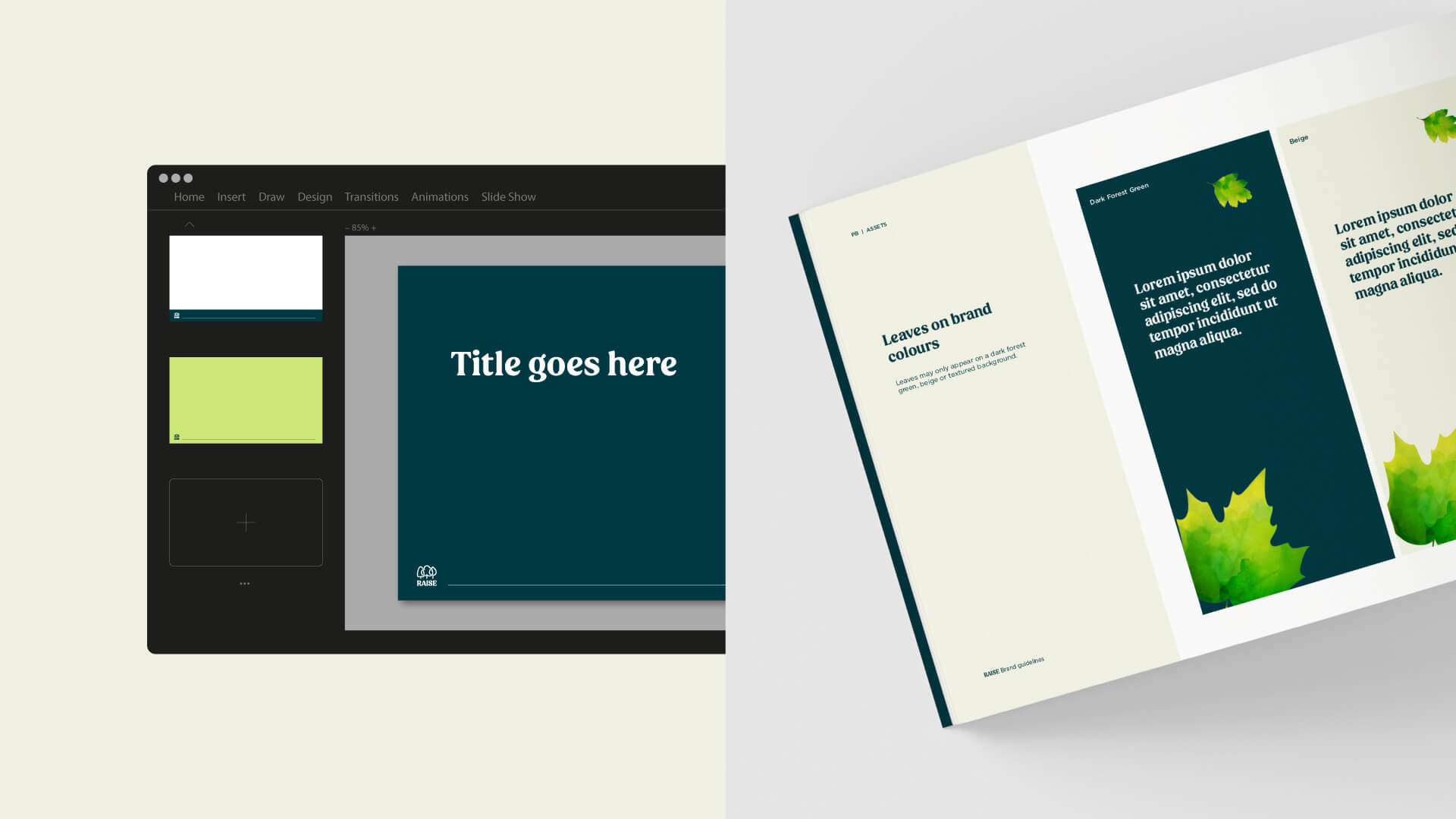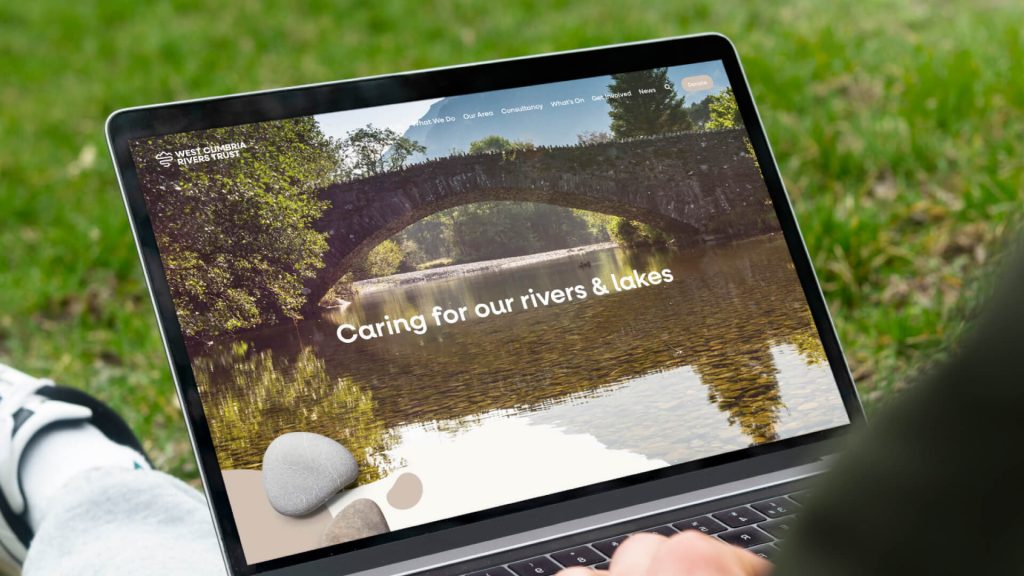
Over many years of working with third-sector clients, we’ve learned that branding and marketing challenges are unique and often very intense. These organisations often walk a tightrope, balancing professional appeal with personality and emotive subject matter while navigating constraints caused by tight budgets and ensuring genuine inclusivity and value alignment.
We’ve worked with numerous third-sector clients, crafting branding, digital solutions, and marketing strategies that not only meet these challenges head-on but also empower organisations to be more self-reliant and impactful. Here are a few lessons we’ve learned along the way…
Branding goes beyond aesthetics; it’s about empowerment and creating a toolkit that enables messages to cut through the noise. However, finding the right tone for a charity’s branding can be like finding a needle in a haystack—too playful and you’re not taken seriously; too stern and you risk alienating your audience.
Crafting brand personalities that are both engaging and respectful, appealing to donors, volunteers, and beneficiaries alike without losing sight of the core mission, is no small task. Yet, it is essential and pays off when done well. Establishing a strong brand can be the difference between being heard and getting lost in the crowd.
Investing in this part of the process is crucial—it will make all subsequent stages more manageable and cost-effective.
Developing a set of comprehensive, written brand guidelines will help ensure consistency in all your communications. These guidelines should cover your logo, colour palette, typography, mission, and tone of voice. They should be clear and easily accessible to anyone creating materials for your organisation, whether internal or external.
Maintaining consistency in messaging and visuals is one of the biggest challenges for a charity’s brand success. Inconsistent creative outputs dilute a brand’s impact and confuse the audience. Clear and well-documented brand guidelines ensure all communications align with core values and objectives. This also helps rein in well-meaning and enthusiastic volunteers who may unintentionally harm brand consistency by freestyling.
By delivering consistency, each touchpoint will accurately reflect who you are and what you stand for. This clarity eliminates any confusion about your brand and its mission, enhancing brand awareness and fundraising capabilities. Consistency also saves money, as your clear and unified message reduces the need for frequent adjustments and rework. As a result, supporters will have a clear understanding of where their donations are going, ultimately increasing their trust and engagement.
Equipping teams with the right tools to create day-to-day materials can significantly boost consistent brand management. These might include professionally designed templates for ongoing social media marketing, email newsletters, internal posters, and other basic marketing materials. Providing these resources allows a team to maintain a professional and cohesive look without relying on external agencies for every piece of content.
It’s also critical that these templates are in the organisation’s platform of choice. Currently, this tends to be Canva. Although it’s not most designers’ first choice, if templates are correctly set up, Canva is a useful in-house tool for an internal team.
While agencies can provide valuable expertise, over-reliance on them can lead to high costs and a brand that simply can’t deliver consistently. By empowering an internal team with the skills and resources to handle day-to-day marketing needs, we found that brands last longer and maintain their impact.
By leveraging available resources, creating a collaborative marketing plan, and segmenting audiences, an organisation can utilise the branding assets to create a powerful and consistent strategy that resonates with stakeholders. These strategies not only enhance a brand’s visibility and credibility but also ensure that messages are impactful and aligned with a mission.
- Digital marketing for charities: Take advantage of the Google Ad Grants programme, which offers up to $10,000 per month in free advertising on Google Search for eligible non-profits. This can significantly raise awareness among your target audience, attract more website visitors and eventually more supporters.
- Collaborative planning: Develop an online marketing plan that all stakeholders can access and edit. This ensures everyone involved is aligned with the external marketing campaigns and messages, maintaining consistency across all channels.
- Consistent messaging: Use shared documents and tools, such as Google Docs or project management platforms, to ensure everyone is on the same page regarding upcoming campaigns and messaging strategies.
- Celebrating success: Encourage your team to share ‘touchpoints’, stories, and best practices. Interactions with stakeholders, volunteers and local fundraising groups can inspire other parts of your organisation with similar projects or provide invaluable evidence for grant applications.
- Audience segmentation: Identify and segment your audiences based on various criteria such as demographics, location, interests, and behaviours. This allows you to tailor your messages and choose the most effective channels to reach each group.
- Targeted communication: Develop specific messages that resonate with each segment. For example, potential donors might respond better to impact stories, while volunteers might need information on upcoming events and opportunities to get involved.
- Multi-channel approach: Use a mix of marketing channels to reach your audiences effectively. This can include social media platforms, email marketing, blog posts, and press releases. Each channel can serve different purposes and reach different segments of your audience.
- Tailored content: Customise your content to fit the platform and audience. For example, visual content like infographics and videos might perform better on social media, while detailed reports and articles might be more suited for email newsletters or your website.
- Looking at things from your supporters’ perspective: To reach the masses, you should tailor your content to reflect exactly what your target audience is searching for. Take a step back from the industry lingo and think, “What are our supporters searching for?” By following a comprehensive SEO strategy, you can climb to the top of search engine results pages, reaching more potential supporters.
Even with a strong brand toolkit in place, it’s important to have some ongoing support. This might include training sessions, regular check-ins, and brand health checks with your agency. Making this part of an annual plan will ensure the internal team feels supported and underscores the value placed on the brand. Ultimately, this will help maintain the quality and consistency of communications.
By following these strategies, your charity can create a powerful, cohesive brand that resonates with your audience and amplifies your impact. Helping you to increase awareness and ultimately raise the funds you need to support your cause.


